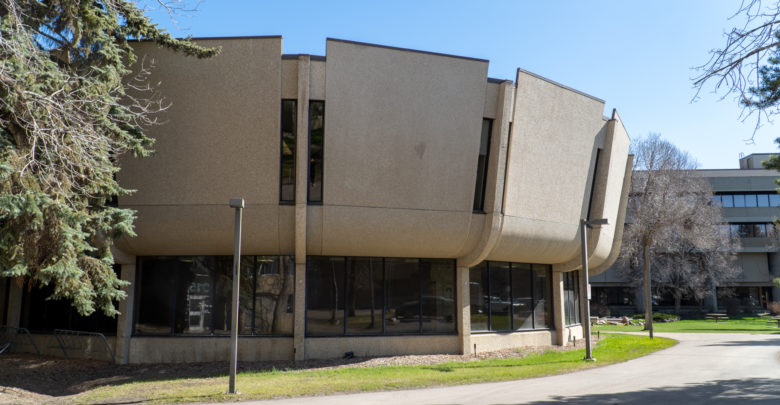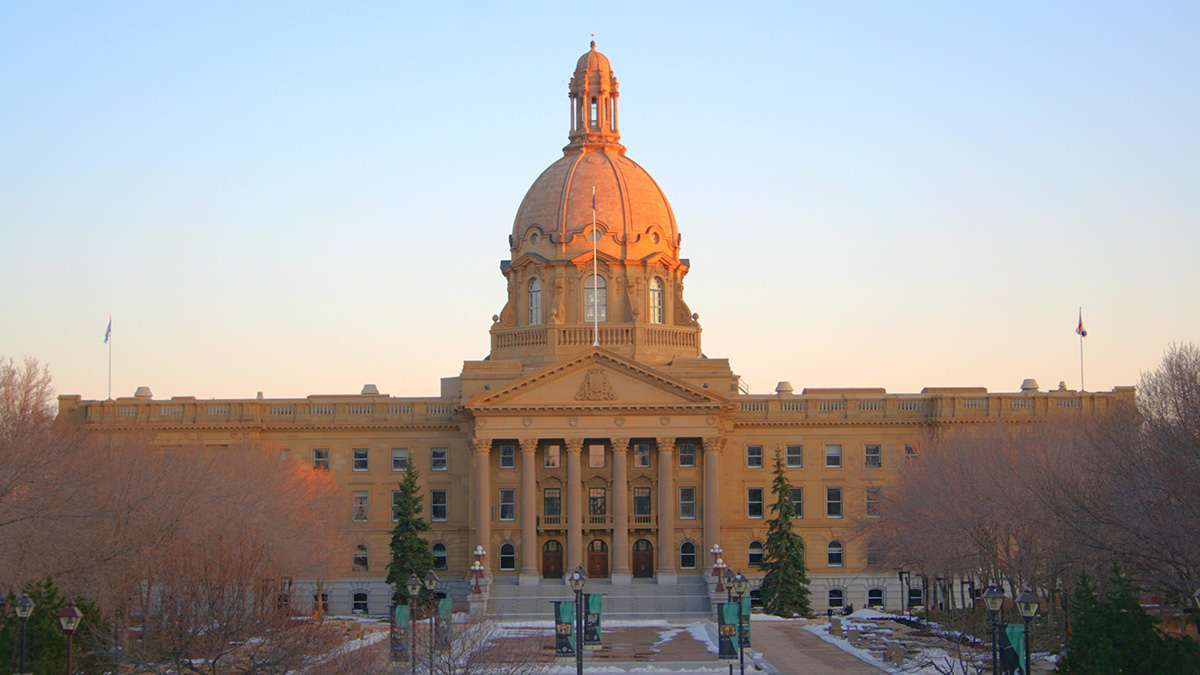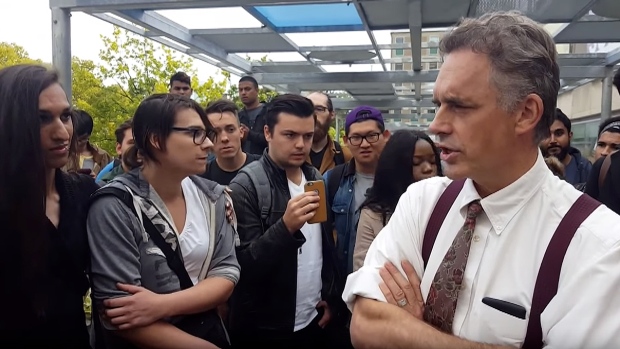The arts are being left in the dust
Science gets sleek new labs while arts students get "moderate dinginess." Why does the university keep shortchanging the humanities?
 Martin Bendico
Martin BendicoWalking through the Humanities Centre at the University of Alberta is a bit like stepping onto the set of a retro horror movie. Except, instead of ghosts, it’s just outdated furniture and flickering fluorescent lights. To top it off, the carpets look like they’ve absorbed decades of student’s tears. Meanwhile, across campus, science buildings gleam with state-of-the-art labs and high-tech classrooms. There is a freshness that suggests their walls have never once heard the words “budget cut.” The contrast is glaring. Despite the release of Alberta’s Budget 2025, the arts continue to be left in the dust — literally.
The provincial government has committed $100 million over the next three years to transform the Biological Sciences Building into the Life Sciences Innovation and Future Technologies (LIFT) Centre. This is a clear signal of its focus on science, technology, engineering, and math (STEM). While investment in life sciences and technology is necessary, it raises questions about the persistent lack of comparable funding for arts facilities. This pattern of resource allocation reinforces the perception that arts and humanities programs are expendable rather than essential. Arts students, faculty, and staff are left to work and learn in outdated environments with minimal upgrades. This is a stark contrast to the state-of-the-art spaces available to their science counterparts.
The Humanities Centre, which serves as a key hub for arts students, is a prime example of this neglect. For years, students and faculty have voiced concerns over its poor conditions. The building’s infrastructure has deteriorated significantly, with old carpets, malfunctioning heating and cooling systems, and inadequate classroom furniture. Desks and chairs are worn down from years of use and packed closely into small classrooms. Meanwhile, broken clocks and non-functional windows further add to the building’s sense of abandonment. Not to mention, a fire shut down the Humanities Centre for the entire winter semester last year. A learning environment should be a place of inspiration, yet the atmosphere in many arts buildings is one of stagnation and decay.
This physical neglect mirrors a deeper institutional attitude toward the arts. The pristine and well-maintained Centennial Centre for Interdisciplinary Science (CCIS) benefits from modern lecture halls, well-lit study spaces, and cutting-edge research labs. The arts buildings remain in a state of disrepair. Even cleaning standards reflect this disparity. The university has even categorized the Humanities Centre under “moderate dinginess.” This allows for visible dirt and dust accumulation, as well as overflowing trash cans. The message is clear. Arts students must make do with less, despite paying the same tuition and contributing just as much to the university’s academic community.
The chronic underfunding of arts programs is not a new phenomenon. Since 2019, the U of A has endured $222 million in cuts to its operating grant, exacerbating financial pressures across faculties. However, these constraints have disproportionately affected the arts. This growing inequity undermines the humanities, disciplines that are crucial for fostering critical thinking, creativity, and cultural understanding.
The undervaluation of the arts is not just a university issue — it reflects broader societal priorities. Funding continues to flow toward STEM disciplines. Conversely, the humanities are left to justify their existence. This is despite their undeniable contributions to public discourse, policy development, and cultural enrichment. A well-rounded education must include strong arts programs. This is because the arts produce graduates who think critically, communicate effectively, and understand the complexities of human society. These skills are just as essential as scientific knowledge in shaping the future.
To address this imbalance, the university and the provincial government must recognize the intrinsic value of the arts and take concrete steps to support them. Funding for arts infrastructure should be a priority. They should ensure that students have access to facilities that are safe, functional, and conducive to learning. Renovation projects should not only focus on science buildings but should also include spaces that serve the humanities. Beyond infrastructure, increased financial support for arts programs, faculty hiring, and student resources would demonstrate a genuine commitment to equity across disciplines.
The future of the humanities at the U of A depends on a shift in priorities. The arts deserve recognition as a fundamental component of a well-rounded education, not an afterthought. Without proper investment, the university risks creating a two-tier system where some students thrive in modern, well-funded environments while others struggle in outdated, neglected spaces. The humanities are not a luxury, they are essential. It is time for the university and the government to reflect that reality in their budgetary decisions.




